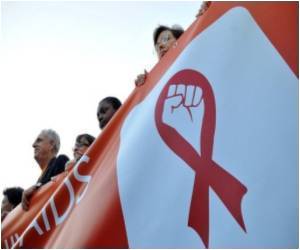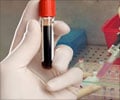Duke University scientists have found why some of the earliest and most abundant antibodies available fail to protect against HIV infection.

Previous research had shown that two of the most robust antibodies against HIV -antibodies called 2F5 and 4E10 - target a specific part of the outer coating of the virus called the MPER region of gp41.
The antibodies, which operate in a lock and key relationship, are able to latch on to the virus as it reveals this vulnerable part of its structure, referred to as an 'Achilles heel' of the AIDS virus.
"What our studies revealed, however, is that the virus actually creates two versions of this 'Achilles heel,' said Barton Haynes of the Duke Human Vaccine Institute (DHVI).
"One version is for these rarer, broadly-neutralizing antibodies, and the other is for the more abundant, first-responding antibodies that won't be able to do much good because the Achilles heel isn't detectable to them until the virus has already gained entry," said Haynes.
Nathan Nicely, the lead author of the study and a member of the DHVI, designed and conducted most of the crystallography studies.
Advertisement
Haynes said the findings are important because they distinguish what parts of the virus an antibody needs to recognize from those parts that are decoys.
Advertisement
The study has been published in the Journal Nature.
Source-ANI













